As compress Doctors refer to a wound pad that is used to stop bleeding or to protect the wound from contamination. It can consist of different materials and is available in different sizes.
What are compresses?

At Compresses are wound dressings that are used in medicine to cover wounds. This is done for the purpose of stopping the bleeding that has arisen or of reliably protecting open wounds from the ingress of dirt and the resulting infections.
There are different types of compresses made of gauze, cloth, or non-woven fabric. These are particularly suitable because they do not fluff and do not stick to the wound. Depending on the size and shape of the wound, compresses of different sizes can be used.
They are usually fixed with a plaster and / or bandage and changed regularly until the wound has healed sufficiently. Compresses are available sterile or non-sterile, depending on whether the wound being treated requires disinfection or not.
Function, effect & goals
A compress is always used in medicine when a wound requires professional care and has to be covered for a certain period of time.
Particularly open wounds not only have to be disinfected, but also professionally covered afterwards so that no dirt particles can penetrate them. Contamination of the wound can cause serious infections, which a compress can prevent. Compresses are essential for first aid applications, as they enable wounds and injuries of all kinds to be treated quickly.
A bandage can also be put on quickly or a bandage change at short notice using the versatile aids.
Not only open wounds can be treated with a compress. Injuries that have to be provided with a constant supply of an ointment or an antibiotic to be applied also benefit from a compress. So-called ointment dressings are provided with the appropriate medication on one side and then applied to the affected area to ensure that the active ingredients are administered over the long term. Fleece compresses are particularly suitable for this type of wound care, as they can absorb liquid well and can therefore also be used when damp / wet.
The so-called cold-warm compresses represent a special form of compress. These are used for injuries such as sprains, bruises, strains and the like. No miracle treatment or disinfection is necessary here, but the affected area is treated with either cool or warm compresses to relieve swelling and pain. The attending physician decides whether cold or warm is appropriate for the respective injury. In addition to such therapy, immobilization or medication can be provided.
Risks & dangers
The application of a compress poses few risks if it is installed properly and all hygienic standards are observed. A sterile compress may only be applied under equally sterile conditions - if the contact surface is touched with bare unwashed hands, germs can get into the wound and cause an infection.
This can cause complications for the patient and severely impair their health. Even a compress that is attached too tightly can lead to discomfort such as pain, which could be avoided through proper use. If compresses made of unsuitable materials are applied - for example because no other materials are available - there is a risk that it will fluff and foreign bodies can penetrate the wound. Such contamination can lead to infection again.
Compresses need to be changed regularly. This applies particularly to open wounds, as these would have to be cleaned and inspected at relatively short intervals. Otherwise it can happen that the material of the compress adheres to the same as part of the wound healing process and can only be removed with difficulty, which is also very uncomfortable for the patient. With the correct and professional application of a compress, it is a very low-risk option for wound care that has few side effects.



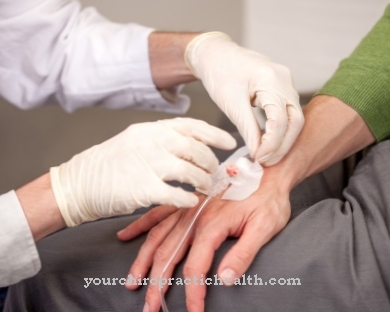




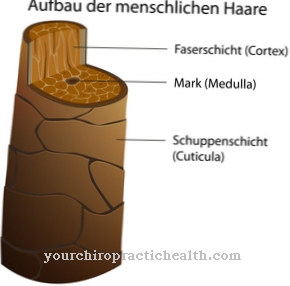

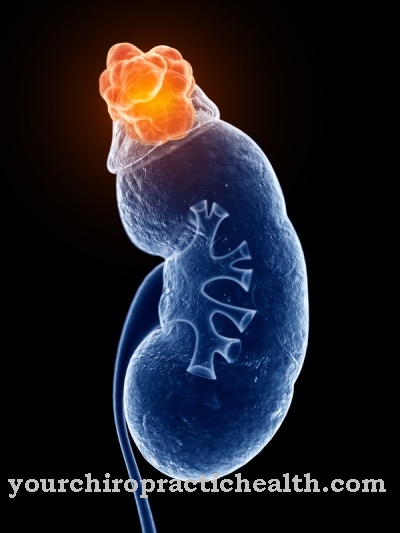


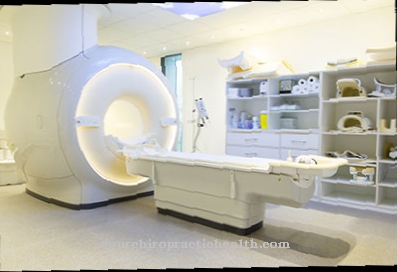


.jpg)





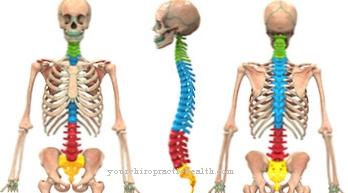
.jpg)
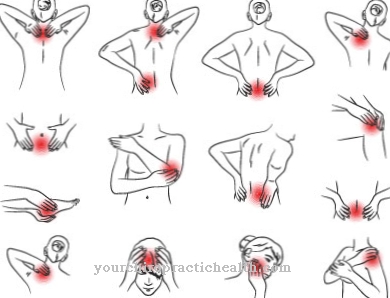
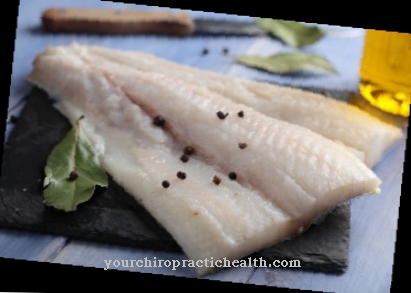
.jpg)

